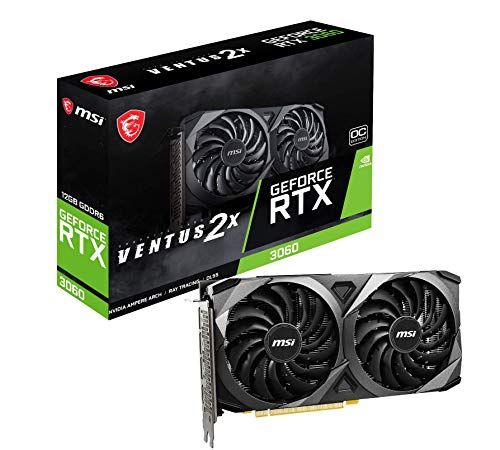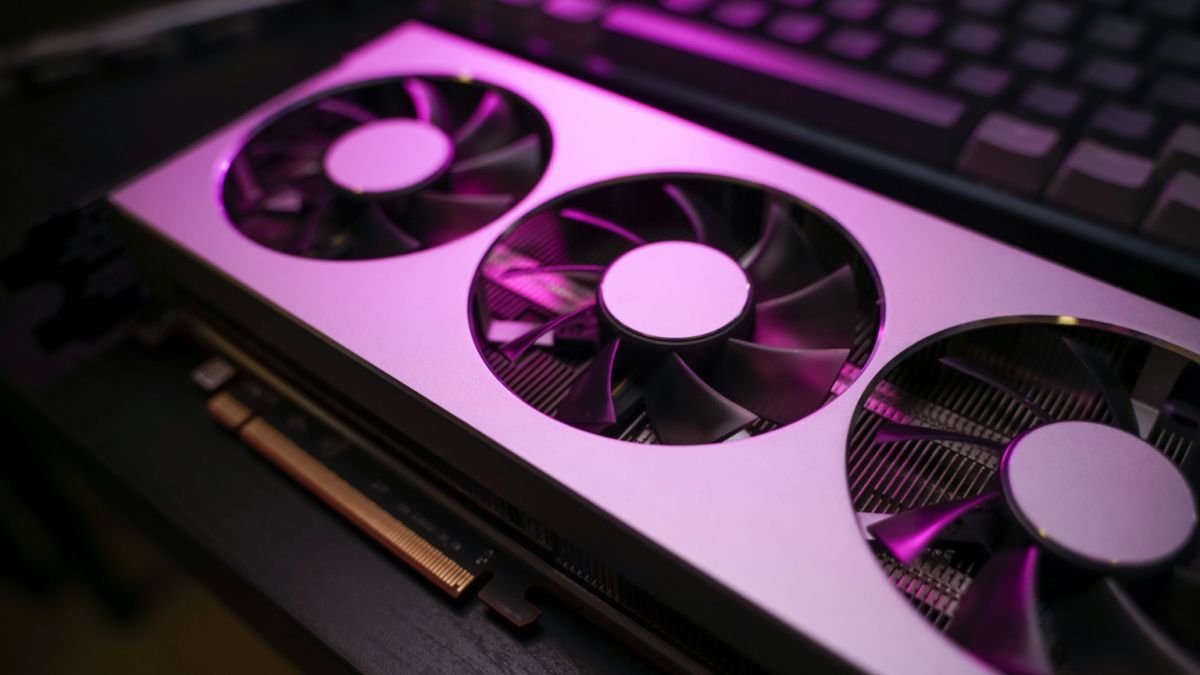Quick Links
Key Takeaways
You'll need a PC with a modern AMD or Intel processor, 16 gigabytes of RAM, an NVIDIA RTX GPU with 8 gigabytes of memory, and a minimum of 10 gigabytes of free storage space available. A GPU with more memory will be able to generate larger images without requiring upscaling.
Stable Diffusion is a popular AI-powered image generator that you can run on your own PC. But what are the minimum specs to run Stable Diffusion, and what components matter the most?
What PC Hardware Does Stable Diffusion Require?
The single most critical component for Stable Diffusion is your graphics card (GPU). Stable Diffusion --- at least the primary version --- runs almost exclusively on your GPU. That means that other system components, like your CPU, RAM, and storage drives, don't matter nearly as much.
Community forks sometimes change how Stable Diffusion operates and may result in a greater demand on your CPU and RAM than the official Stable Diffusion release.
Generally speaking, here are the minimums specs we'd recommend if you're building a new PC with Stable Diffusion in mind:
- CPU: Any modern AMD or Intel CPU.
- RAM: A minimum of 16 gigabytes of DDR4 or DDR5 RAM.
- Storage: Any SATA or NVMe solid-state drive from a reputable company that is 256 gigabytes or larger. You need at least 10 gigabytes of free space available. Typically, one terabyte drives offer the best price per gigabyte of storage.
- GPU: Any GeForce RTX GPU with a minimum of 8 gigabytes of GDDR6 memory.
What Kind of Graphics Card (GPU) Do You Need to Run Stable Diffusion?
The Stable Diffusion community has worked diligently to expand the number of devices that Stable Diffusion can run on. We've seen Stable Diffusion running on M1 and M2 Macs, AMD cards, and old NVIDIA cards, but they tend to be difficult to get running and are more prone to problems. RTX NVIDIA GPUs are the only GPUs natively supported by Stable Diffusion at the time this article was written in December 2022.
Any of the following NVIDIA RTX cards will work out of the box:
- RTX 2060 (12GB), RTX 2070, RTX 2070 Super, RTX 2080, RTX 2080 Super, RTX 2080 Ti, or RTX Titan
- RTX 3060, RTX 3060 Ti, RTX 3070, RTX 3070 Ti, RTX 3080, RTX 3080 (12GB), RTX 3080 Ti, RTX 3090, or RTX 3090 Ti
- RTX 4090, RTX 4080, and future 40-series GPUs
The RTX 3050 would work too, but it is difficult to recommend given how it is priced compared to the RTX 3060 12 gigabyte variant.
Try to buy the newest GPU you can. Any of the 20, 30, or 40-series GPUs with 8 gigabytes of memory from NVIDIA will work, but older GPUs --- even with the same amount of video RAM (VRAM) --- will take longer to produce the same size image. If you're building or upgrading a PC specifically with Stable Diffusion in mind, avoid the older RTX 20-series GPUs unless you find a fantastic deal on one, since they're significantly slower.
How Much Video Memory (GPU Memory) Do You Need?
The larger you make your images, the more VRAM Stable Diffusion will use. The minimum amount of VRAM you should consider is 8 gigabytes.
The unmodified Stable Diffusion release will produce 256x256 images using 8 GB of VRAM, but you will likely run into issues trying to produce 512x512 images. If you want to go to 512x512 images without fiddling with the settings, get a GPU with 12 gigabytes of VRAM or more.
The RTX 3060 is a potential option at a fairly low price point. The RTX 3060 is slower than the 3060 Ti, however, the RTX 3060 has 12 gigs of VRAM, whereas the 3080 Ti only has 8 gigs. The extra VRAM will really shine in Stable Diffusion, but that comes at the expense of speed and gaming performance.

MSI Gaming GeForce RTX 3060
A GeForce RTX GPU with 12GB of RAM for Stable Diffusion at a great price.
When it comes to additional VRAM and Stable Diffusion, the sky is the limit --- Stable Diffusion will gladly use every gigabyte of VRAM available on an RTX 4090. It all depends on the size of the image you're generating.
Of course, there are all sorts of optimized forks that allow you to get away with much less VRAM at the expense of speed, but if you want to be sure it'll work, stick with RTX NVIDIA cards that have at least 8 gigabytes of memory.
Should You Use an Optimized Fork of Stable Diffusion?
In a word: Yes.
The Stable Diffusion community has done a fantastic job expanding the number of supported GPUs to make Stable Diffusion more accessible.
Community forks often include a user interface, additional models to refine your creations, and optimizations that allow you to generate larger images with less VRAM. Some users have been able to generate 512x512 images with as little as 4 gigabytes of VRAM using community forks. The same optimizations allow users with 8 and 12 gigabyte GPUs to produce significantly larger images.
The user interface is a great feature too, as it makes using Stable Diffusion easier. It makes generating AI video with Stable Diffusion possible too.
Just be careful. Most of the modifications you'll find are written by well-intentioned enthusiasts, but there is always the possibility that someone is acting maliciously. If your antivirus flags a Stable Diffusion fork as malicious, don't ignore it. Stable Diffusion is not known for producing false positives from antivirus software, so any warnings you receive should be taken seriously.
Once you've got the right hardware, you can spend time optimizing your Stable Diffusion prompts instead of your PC.

